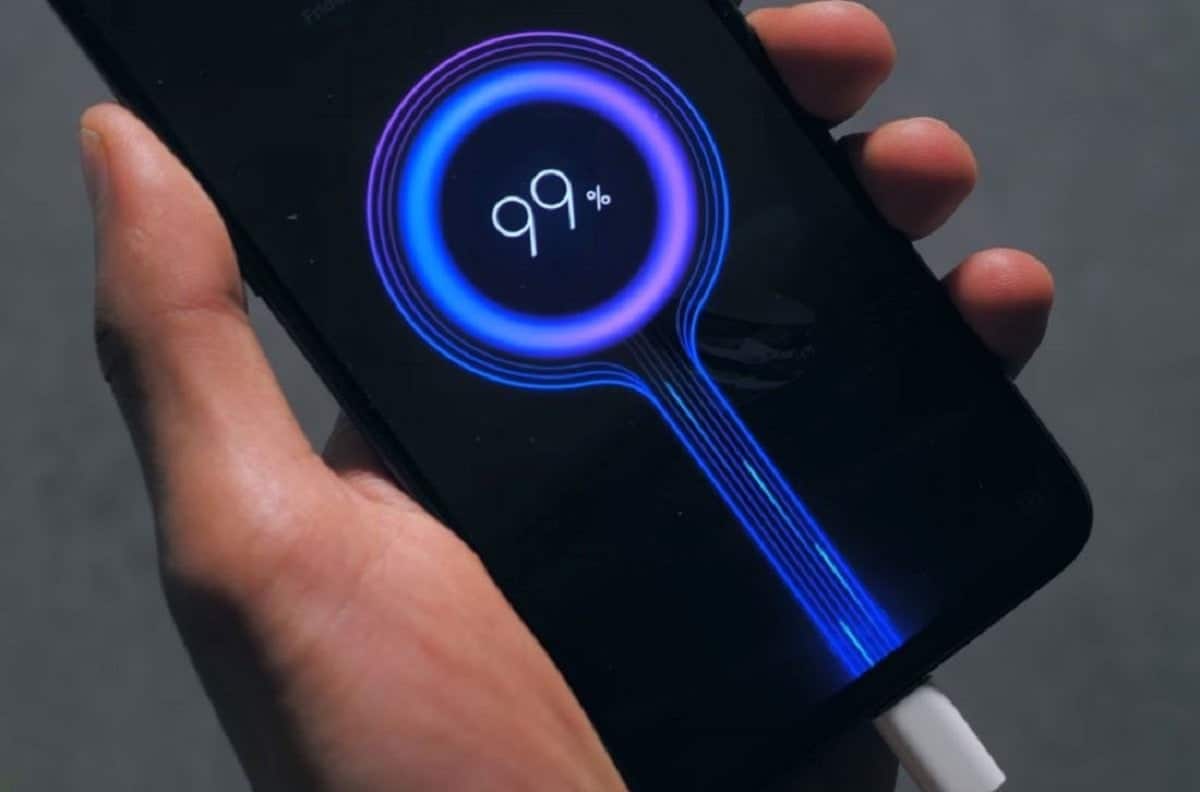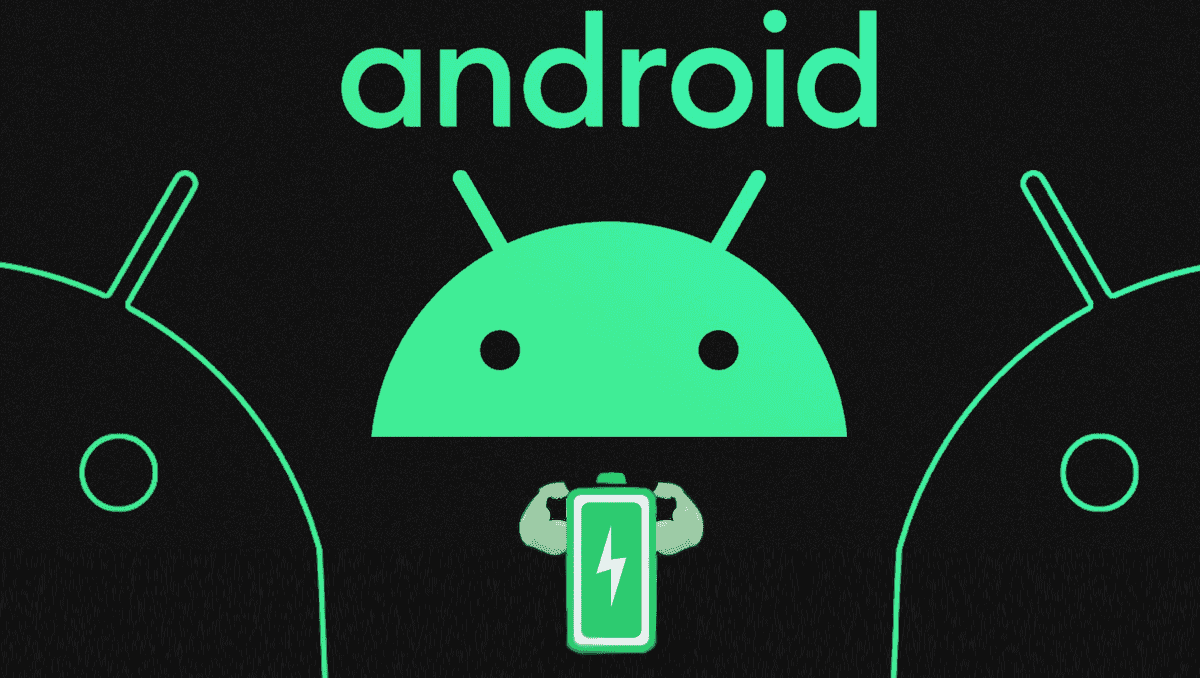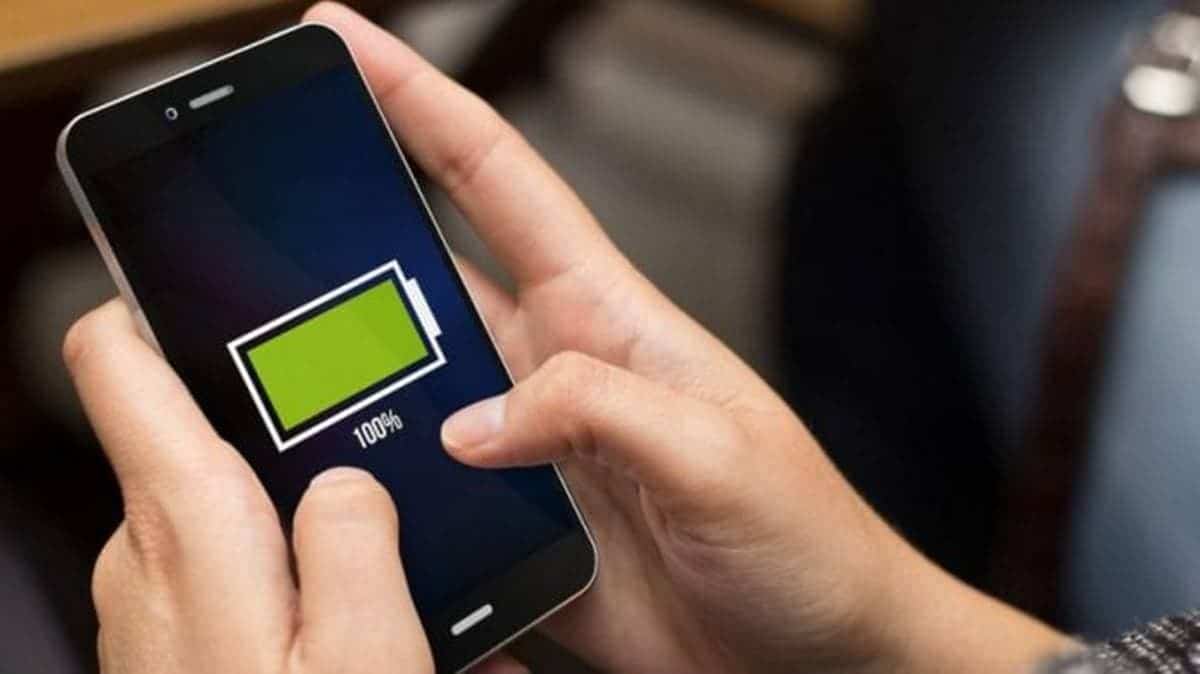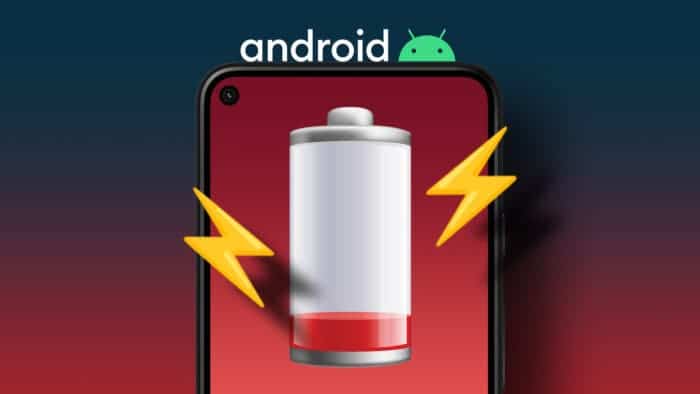The recent Mobile World Congress (MWC) showcased a new wave of rapid charging technologies, with companies like OPPO boasting a staggering 240W system capable of juicing up a phone in a mere 9 minutes. While undeniably impressive, this relentless pursuit of ever-faster charging raises a crucial question: are we neglecting the fundamental aspect of battery life in our obsession with speed?
The Fast Charging Frenzy: Are We Neglecting Battery Life?

The Allure of Fast Charging
The past decade has witnessed a meteoric rise in fast charging capabilities. We fondly remember OnePlus’s revolutionary Dash Charge introduced with the OnePlus 3T, offering a seemingly unbelievable 60% charge in just 30 minutes. Back then, a full charge in under an hour felt like a game-changer, leaving competitors trailing in the dust.
Fast forward to today, and the industry is engaged in a relentless race, rapidly escalating from 30W to 60W, 80W, 120W, and now a mind-boggling 240W. This frenetic pace hasn’t even allowed for the standardization of 30W technology, leaving consumers with a confusing array of proprietary charging protocols across brands.
The silver lining of this race is the democratization of fast charging. Previously a high-end privilege, fast charging is now filtering down to even budget-friendly smartphones. Mid-range devices now typically boast at least 33W charging, with many pushing the boundaries towards 60W and 70W.
The mAh Myth: Capacity Doesn’t Equal Autonomy
Measuring a phone’s battery life is a complex task. Screen-on time is a key metric, but it’s heavily influenced by factors like usage patterns, display brightness, and network connectivity. Standardized tests that measure call time, web browsing time, and video playback provide a more objective comparison.
Looking back to 2016, a pivotal year in smartphone history, we see flagships like the Samsung Galaxy S7 Edge, Google Pixel 1, and iPhone 7 Plus boasting impressive figures exceeding 30 hours of call time (based on GSMArena data). Shockingly, many modern smartphones like the Google Pixel 6, Galaxy S21 FE, and S24 struggle to match or barely surpass these numbers.
Screen-on time paints a similarly concerning picture. Most phones, regardless of price point, seem stuck in a 6-7 hour window for very intensive use. This translates to a struggle to last a full day without needing a recharge, let alone two.
Real-world experiences mirror these concerns. A Google Pixel 2 XL with a 3,520mAh battery offered roughly 6 hours of screen time, on par with the Pixel 6 with its larger 4,600mAh battery. Similarly, the S7 Edge’s 5-6 hours of screen time finds its echo in the 2022 S22 Ultra. Flagships seem stagnant in this regard, while the mid-range, despite potentially offering longer screen time, rarely breaks the 10-hour barrier or two-day usage mark.
Even with more powerful hardware promising increased efficiency, the reality is that heavy users employing features like 4K recording, mobile data, demanding games, and high brightness can easily deplete a battery before the day ends. While advancements in lithography and component manufacturing undoubtedly aim to improve energy efficiency, the focus seems skewed towards raw power rather than extended battery life.
Fast Charging vs. Lasting Power: A False Choice?
This situation opens a critical debate. Do we prioritize the convenience of fast charging, allowing quick top-ups throughout the day, or prioritize longer battery life, with fewer charging cycles throughout a longer period? Both options present advantages and disadvantages:
- Fast Charging:
- Pros: Convenience, ideal for busy schedules, reduces reliance on power outlets for extended periods.
- Cons: Can potentially degrade battery health over time, may require specific chargers and cables, not always a solution for heavy users who drain the battery quickly.
- Long Battery Life:
- Pros: Less reliance on charging, potentially extends battery lifespan, reduces anxiety associated with low battery levels.
- Cons: May not be ideal for users who frequently forget to charge, can mean sacrificing some level of convenience.
Ultimately, the ideal scenario would be a phone that offers both rapid charging capabilities and superior battery life. While advancements are being made, the current focus seems heavily tilted towards the former.

The Road Ahead: A More Balanced Approach
The relentless pursuit of ever-faster charging raises concerns about neglecting battery life as a primary consideration. Consumers deserve a choice between rapid charging for convenience and extended battery life for peace of mind. Here’s what we can hope for:
-
Battery Technology Breakthroughs: Advances in battery technology like solid-state batteries hold immense promise. These batteries offer significantly higher energy density, potentially translating to longer battery life or smaller phone sizes with equivalent capacity.
-
Software Optimization: Manufacturers can leverage software optimizations to improve battery management. Techniques like adaptive refresh rates and background app restrictions can significantly reduce power consumption without compromising user experience.
-
Standardization of Fast Charging: The current fragmented landscape of proprietary charging protocols creates confusion and inconvenience. Universal standards like USB Power Delivery (USB-PD) should be widely adopted to ensure compatibility across brands and devices.
-
Transparency and Education: Manufacturers need to be more transparent about battery capacity, charging speeds, and how these factors impact overall battery life. Additionally, educating consumers about best practices for charging and battery maintenance can significantly improve battery lifespan.
A Future Where Convenience and Longevity Coexist
With a more balanced approach, the future holds the promise of smartphones that offer both the convenience of fast charging and the peace of mind of long battery life. By focusing on technological advancements, software optimization, and industry-wide collaboration, we can move towards a future where users are no longer forced to choose between a quick charge or a long day on a single charge.
Beyond Smartphones: A Broader Impact
The quest for improved battery technology extends beyond smartphones. It has significant implications for the development of other portable electronics like laptops, tablets, and wearables. Longer-lasting batteries would not only enhance user experience but also contribute to a more sustainable future by reducing reliance on disposable batteries and electronic waste.
A Call for Balance
While the rapid evolution of fast charging technology is impressive, focusing solely on speed risks neglecting the importance of battery life. By fostering innovation in battery technology, optimizing software, and promoting industry standards, we can achieve a future where convenience and longevity coexist. This not only benefits consumers but also contributes to a more sustainable future for our planet. The time has come to strike a balance between the allure of speed and the fundamental need for long-lasting power.

Optimizing Your Smartphone for Battery Life
While we wait for the future of battery technology, here are some tips and tricks you can employ right now to maximize your phone’s battery life:
Display Settings:
- Reduce Brightness: The display is a major battery drain. Lowering the brightness level, even slightly, can significantly improve battery life. Utilize auto-brightness features when possible, which adjust brightness based on ambient light.
- Minimize Screen Timeout: Shorten the time it takes for your screen to turn off after inactivity. This prevents unnecessary battery drain when your phone is idle.
Connectivity:
- Manage Location Services: Many apps rely on location services, but they can be a battery drain. Enable location services only for apps that genuinely require them.
- Turn off Bluetooth and Wi-Fi When Not in Use: These features are convenient, but keep them disabled when you don’t need them (e.g., Bluetooth for headphones or Wi-Fi when using mobile data).
- Airplane Mode for Emergencies: For situations where preserving battery life is paramount (e.g., a long flight), activate Airplane Mode. This disables all wireless connectivity features.
Apps and Background Activity:
- Identify Battery Hogs: Most smartphones offer battery usage statistics within settings. Use these to identify apps consuming excessive battery and consider uninstalling or restricting their background activity.
- Background App Refresh: Limit or disable background app refresh for apps you don’t use frequently. This prevents them from constantly refreshing content in the background, draining battery.
- Push Notifications: Continuously receiving notifications can drain battery. Consider disabling notifications for non-essential apps.
Charging Habits:
- Avoid Extreme Temperatures: Extreme heat or cold can damage batteries and reduce their lifespan. Avoid charging your phone in direct sunlight or very cold environments.
- Optimal Charge Levels: While convenient, constantly topping up your phone from low percentages can stress the battery. Ideally, aim to keep the charge between 20% and 80%.
- Overnight Charging: If you consistently charge your phone overnight, consider using optimized charging features offered by some manufacturers. These features can intelligently regulate charging to avoid the battery constantly being at 100%.
Additional Tips:
- Data Saver Mode: Utilize data saver modes offered by some manufacturers or network providers. These features can reduce background data usage, improving battery life.
- Genuine Chargers: Use the original charger or a certified one from a reputable brand. Low-quality chargers can damage the battery and reduce its lifespan.
By implementing these suggestions, you can significantly extend your smartphone’s battery life and avoid the anxiety of a low battery throughout the day. Remember, a balanced approach is key. While fast charging offers convenience, prioritize battery health by following these tips to maximize your phone’s lifespan and overall user experience.





